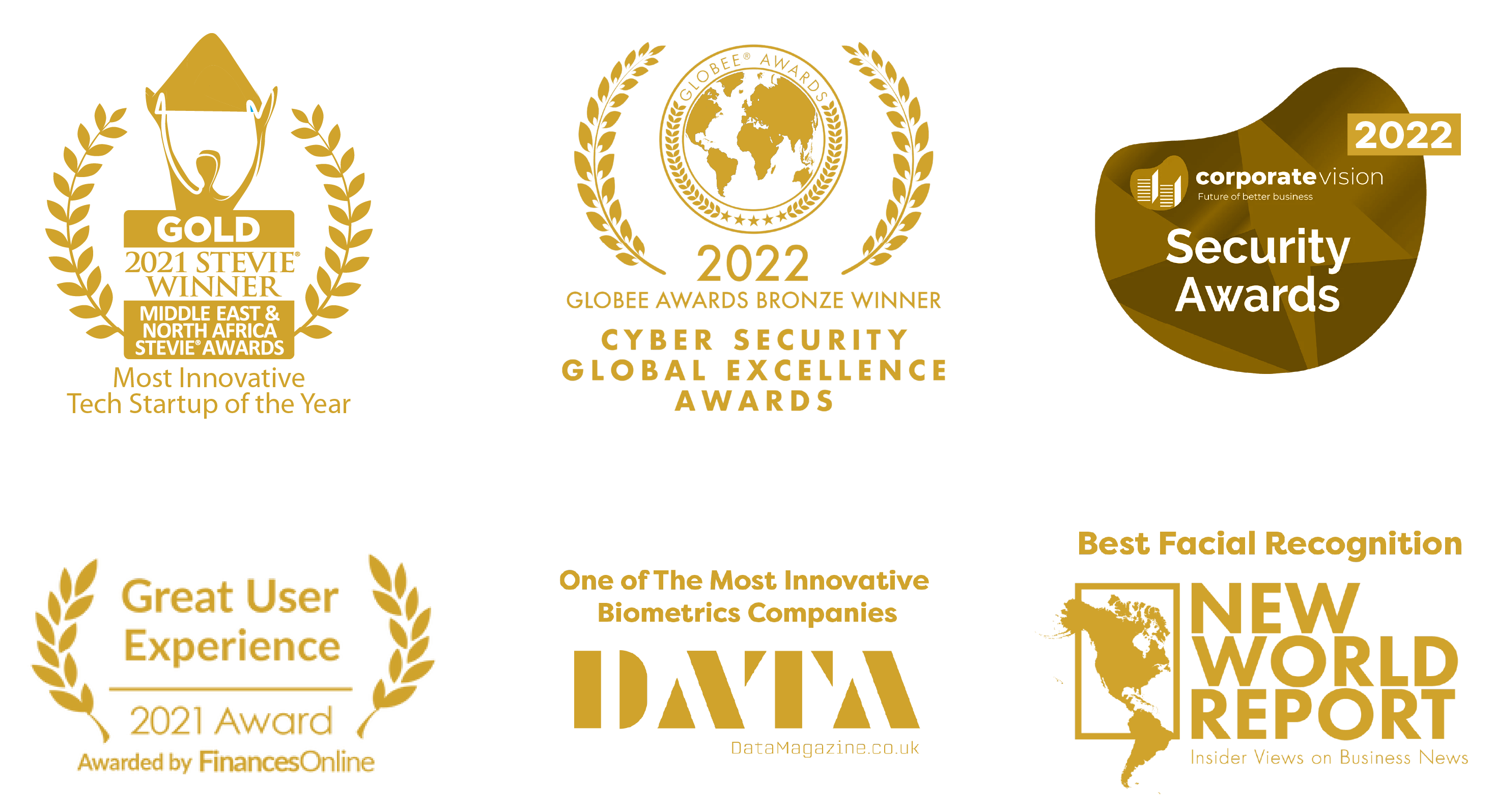Enhancing Access Control with Biometric Authentication
Access control is a critical aspect of ensuring the security and integrity of digital systems and sensitive information. Traditional methods, such as passwords or access cards, have limitations when it comes to verifying the identity of individuals. Biometric authentication, on the other hand, offers a more reliable and secure solution. This article explores the concept of enhancing access control with biometric authentication, its benefits, and its applications in various industries.
Table of Contents
- Introduction: The Importance of Access Control
- The Limitations of Traditional Access Control Methods
- Understanding Biometric Authentication
- Biometric Traits and Characteristics
- Types of Biometric Authentication
- Fingerprint Recognition
- Facial Recognition
- Iris Recognition
- Voice Recognition
- Hand Geometry Recognition
- Behavioral Biometrics
- The Benefits of Biometric Authentication
- Increased Security and Accuracy
- Enhanced User Convenience
- Reduced Dependency on Passwords
- Biometric Authentication in Different Industries
- Healthcare
- Banking and Finance
- Government and Law Enforcement
- Corporate Enterprises
- Education
- Implementing Biometric Authentication Systems
- Hardware and Software Requirements
- Integration and Compatibility
- Privacy and Data Protection
- Overcoming Challenges and Concerns
- Spoofing and Biometric Data Theft
- Privacy and Ethical Considerations
- Cost and Scalability
- Conclusion
- Frequently Asked Questions (FAQs)
1. Introduction: The Importance of Access Control
Access control is vital in safeguarding sensitive data and digital assets. It ensures that only authorized individuals can gain entry or access specific resources within a system or organization. With the increasing frequency of data breaches and unauthorized access attempts, robust access control measures are crucial to protect against security threats.
2. The Limitations of Traditional Access Control Methods
Traditional access control methods, such as passwords or access cards, have inherent limitations. Passwords can be easily forgotten, shared, or compromised, while access cards can be lost or stolen. These methods often rely on something the user knows or possesses, but they fail to provide a foolproof mechanism for verifying the identity of individuals.
3. Understanding Biometric Authentication
Biometric authentication utilizes unique physical or behavioral characteristics to verify an individual’s identity. It offers a more reliable and secure approach to access control. Here are some commonly used biometric traits and characteristics:
3.1 Biometric Traits and Characteristics
- Fingerprint Recognition: Analyzing the unique patterns and ridges on an individual’s fingertips.
- Facial Recognition: Identifying and verifying individuals based on facial features and structures.
- Iris Recognition: Examining the patterns in the colored part of the eye, known as the iris.
- Voice Recognition: Analyzing the vocal characteristics and speech patterns of an individual.
- Hand Geometry Recognition: Measuring the physical attributes of an individual’s hand, such as finger length and width.
- Behavioral Biometrics: Analyzing patterns in an individual’s behavior, such as typing rhythm or walking gait.
3.2 Types of Biometric Authentication
There are several types of biometric authentication methods available, including:
3.2.1 Fingerprint Recognition
Fingerprint recognition is one of the most widely used biometric authentication methods. It analyzes the unique patterns and ridges on an individual’s fingertips to verify their identity.
3.2.2 Facial Recognition
Facial recognition technology uses facial features and structures to identify and authenticate individuals. It captures and analyzes various facial attributes, such as the distance between the eyes or the shape of the nose.
3.2.3 Iris Recognition
Iris recognition focuses on the patterns in the colored part of the eye, known as the iris. It is highly accurate and secure, as the iris has intricate and unique patterns that are difficult to replicate.
3.2.4 Voice Recognition
Voice recognition analyzes an individual’s vocal characteristics and speech patterns to verify their identity. It can measure various voice characteristics, including pitch, tone, and cadence.
3.2.5 Hand Geometry Recognition
Hand geometry recognition measures the physical attributes of an individual’s hand, such as finger length and width. It creates a template based on these measurements for identity verification.
3.2.6 Behavioral Biometrics
Behavioral biometrics analyze patterns in an individual’s behavior, such as typing rhythm or walking gait. These unique behavioral traits can be used for authentication purposes.
4. The Benefits of Biometric Authentication
Implementing biometric authentication offers several significant benefits compared to traditional access control methods:
4.1 Increased Security and Accuracy
Biometric authentication provides a higher level of security and accuracy in verifying an individual’s identity. Since biometric traits are unique to each individual, it becomes significantly more challenging for unauthorized individuals to bypass the authentication process.
4.2 Enhanced User Convenience
Biometric authentication eliminates the need to remember complex passwords or carry access cards. Users can simply use their own biometric traits, such as fingerprints or facial features, for quick and seamless access.
4.3 Reduced Dependency on Passwords
Passwords are often the weakest link in access control. They can be easily compromised through various methods, such as phishing attacks or brute force techniques. Biometric authentication reduces the reliance on passwords, making systems less vulnerable to password-related security breaches.
5. Biometric Authentication in Different Industries
Biometric authentication has found applications in various industries due to its effectiveness and reliability. Here are some examples of how biometric authentication is being used:
5.1 Healthcare
In the healthcare industry, biometric authentication ensures secure access to patient records, medical devices, and restricted areas. It helps prevent unauthorized access to sensitive information and safeguards patient privacy.
5.2 Banking and Finance
Banks and financial institutions use biometric authentication to secure online banking, mobile banking applications, and ATM transactions. By incorporating biometric traits, such as fingerprints or facial recognition, financial institutions can enhance the security of their services and prevent fraudulent activities.
5.3 Government and Law Enforcement
Biometric authentication plays a crucial role in government and law enforcement agencies. It enables secure identification and access control in areas such as border control, immigration, and criminal investigations. Biometrics help establish a reliable link between an individual and their digital identity.
5.4 Corporate Enterprises
Large corporate enterprises utilize biometric authentication to secure physical access to offices, data centers, and restricted areas. It ensures that only authorized employees can access critical resources and sensitive information.
5.5 Education
Biometric authentication is being increasingly adopted in educational institutions for secure access to student records, examination systems, and campus facilities. It enhances the overall security posture of educational environments.
6. Implementing Biometric Authentication Systems
Implementing biometric authentication systems requires careful consideration of various factors. Here are some key considerations:
6.1 Hardware and Software Requirements
Biometric authentication systems require compatible hardware devices, such as fingerprint scanners or cameras. Additionally, appropriate software solutions need to be implemented to process and analyze biometric data accurately.
6.2 Integration and Compatibility
Integration with existing systems and infrastructure is essential for a seamless implementation of biometric authentication. Compatibility with other security measures, such as two-factor authentication or encryption protocols, should also be taken into account.
6.3 Privacy and Data Protection
Collecting and storing biometric data necessitates strict privacy and data protection measures. Organizations must comply with relevant regulations and standards to ensure the secure handling of biometric information.
7. Overcoming Challenges and Concerns
While biometric authentication offers significant advantages, there are challenges and concerns that need to be addressed:
7.1 Spoofing and Biometric Data Theft
Sophisticated attackers may attempt to spoof or replicate biometric traits to gain unauthorized access. Robust anti-spoofing measures, such as liveness detection or multi-factor authentication, can help mitigate these risks.
7.2 Privacy and Ethical Considerations
The collection and use of biometric data raise privacy and ethical concerns. It is crucial for organizations to be transparent about how biometric information is stored, used, and protected. User consent and compliance with privacy regulations are essential.
7.3 Cost and Scalability
Implementing biometric authentication systems can involve significant costs, including hardware acquisition, software development, and infrastructure upgrades. Organizations should carefully evaluate the cost-effectiveness and scalability of implementing such systems.
8. Conclusion
Enhancing access control with biometric authentication provides a robust and reliable solution to the limitations of traditional methods. By leveraging unique biometric traits, organizations can significantly improve security, user convenience, and overall access control effectiveness. However, it is essential to address challenges such as privacy concerns and ensure proper implementation to maximize the benefits of biometric authentication.
Frequently Asked Questions (FAQs)
Q1: Are biometric authentication methods completely foolproof?
Biometric authentication methods are highly accurate and secure, but they are not entirely foolproof. Sophisticated attacks, such as spoofing or data theft, can still pose risks. Implementing additional security measures, such as liveness detection or multi-factor authentication, can help enhance the security of biometric systems.
Q2: Can biometric authentication systems be used for remote access?
Yes, biometric authentication systems can be used for remote access. With the advancement of technology, biometric data can be securely transmitted and verified over networks, allowing for secure remote authentication.
Q3: What happens if my biometric traits change over time?
Certain biometric traits, such as fingerprints or facial features, may undergo changes over time due to aging or injuries. Biometric systems are designed to handle such variations and allow for re-enrollment or updating of biometric templates.
Q4: Can biometric data be stolen or misused?
Biometric data is highly sensitive, and its theft or misuse can have severe consequences. To mitigate these risks, organizations should implement strong encryption methods, robust access controls, and comply with privacy regulations to protect biometric data.
Q5: Can biometric authentication systems be used for large-scale deployments?
Yes, biometric authentication systems can be scaled for large deployments. However, careful planning, infrastructure readiness, and considerations for user enrollment and management are necessary to ensure a smooth and efficient implementation.
In conclusion, enhancing access control with biometric authentication offers a reliable and secure solution to the limitations of traditional methods. By leveraging unique biometric traits, organizations can strengthen their security posture and provide a
Contact us today and schedule a demo.



